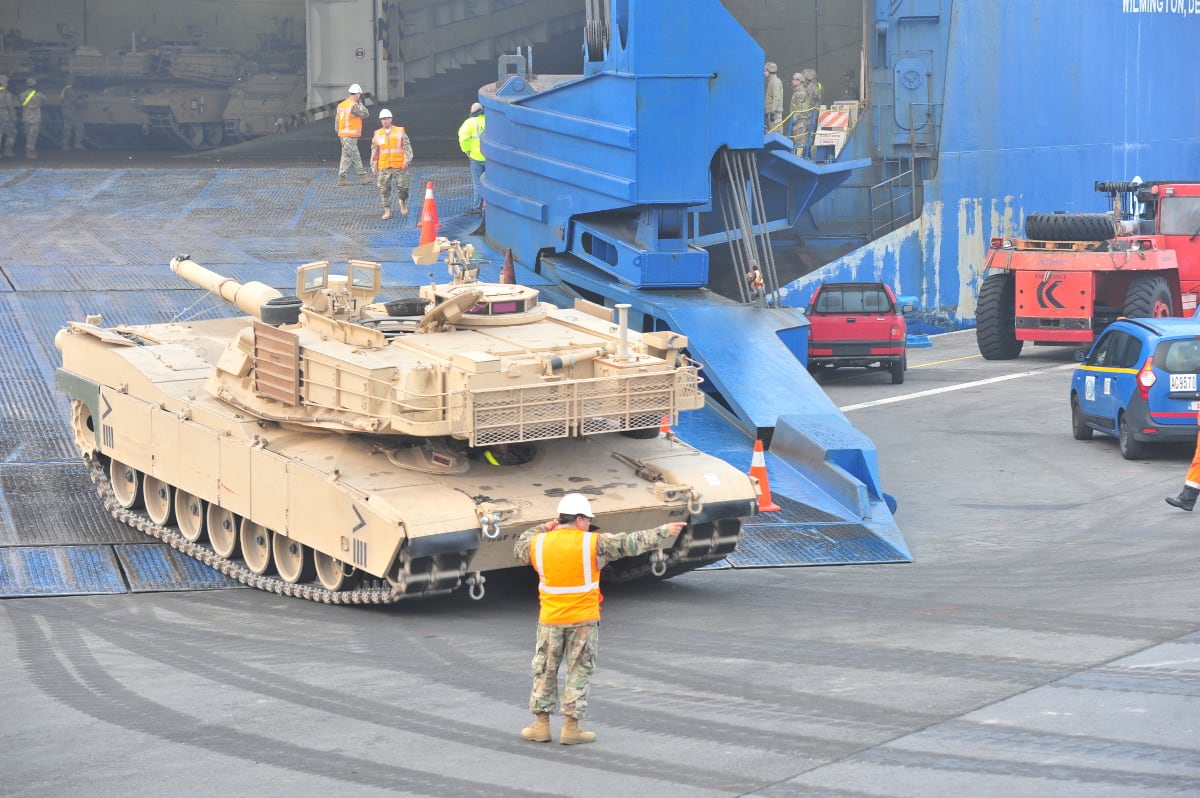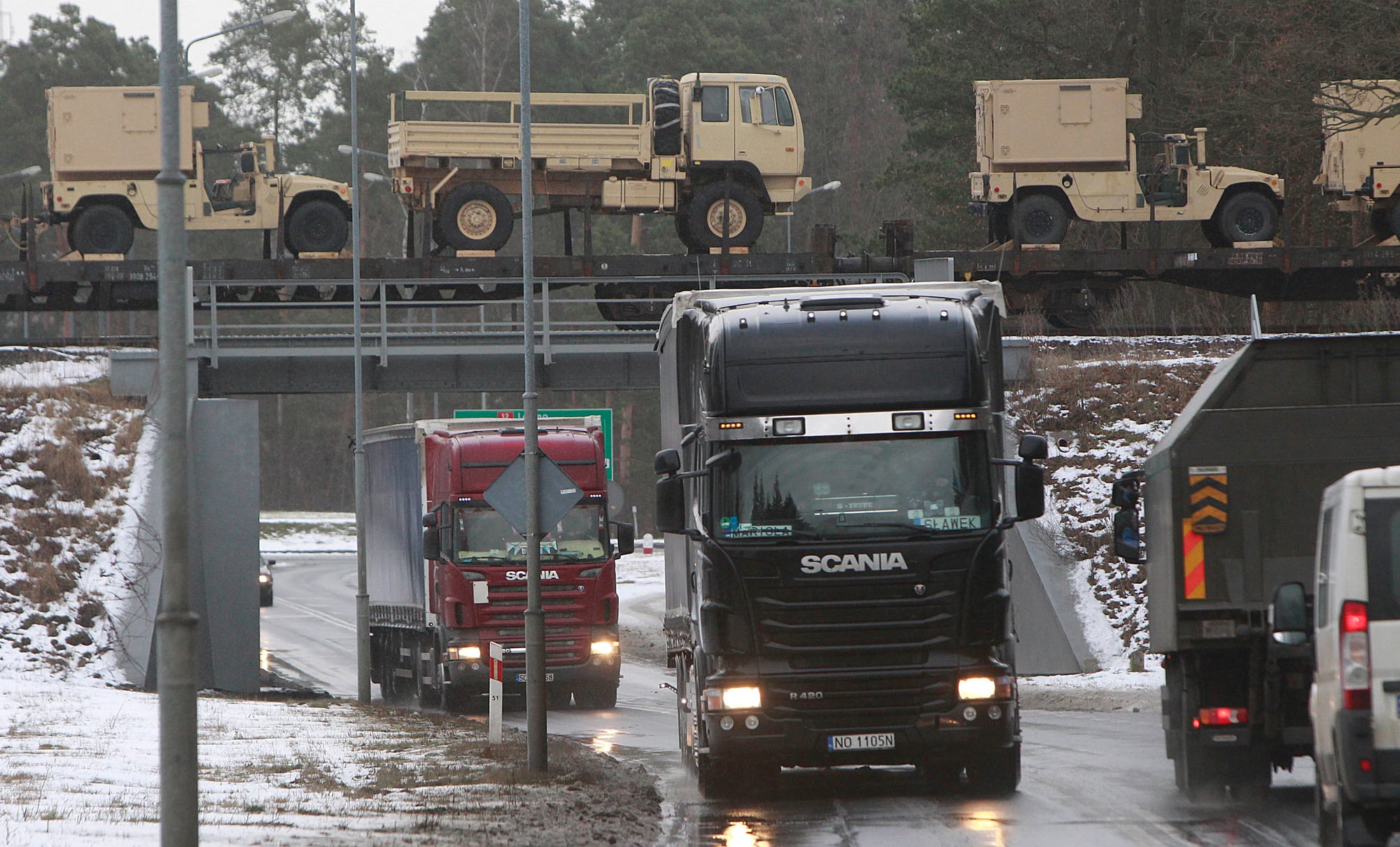The debates about defense expenditure and the concerns over the unity of NATO highlighted during the recent NATO summit in Brussels have overshadowed the decisions on defense and deterrence in Europe made during the summit and European Council meetings. Both high-level events brought significant and tangible, albeit unsurprising, conclusions with potential impacts on defense, deterrence and readiness in Europe.
The recent NATO decisions focused on supporting the ability to ensure strategic-level supply via air, land and sea into and within Europe. They encompassed strategic actions, such as setting up a new support and logistics command in Germany, and addressing the whole-of-government character of military movement in Europe today.
The July summit declaration also acknowledged the need to work on important but less visible operational- and tactical-level issues, such as identifying alternative supply routes and ensuring adequate transport capabilities. At the same time, the European Union reconfirmed its focus on military mobility, following up on preparation work that has been done by the EU’s External Action Service and the European Defence Agency, resulting in an action plan on military mobility in March 2018.
Several observations may be made on the key issues for military mobility such as legal and administrative matters, the state of transport infrastructure, and multinational coordination:
The EU has a significant role in alleviating customs, legal and administration procedures to reduce the time that is required to move military cargo across Europe, owing to the role of civilian institutions and organizations in the management of transport infrastructure and transport capabilities. As anticipated, the EU is starting to work on standardizing rules and procedures in the EU member states under the framework of the EU Action Plan and the Permanent Structured Cooperation framework project on military mobility.
The actions of the EU and the civilian organizations of each European country are central to improve the speed of force assembly and reduce the military resources required to maneuver through the complex and diverse administrative and customs requirements. On the military side, while acknowledging the whole-of-government and civil-military character of the issue, NATO foresees addressing legal and administrative issues not only through its recently strengthened cooperation with the EU, but also through the new Enablement Plan for SACEUR’s Area of Responsibility, that complements the EU efforts in areas of legal and administrative rules and transport infrastructure. It may also consider the need to improve the control and command structure, field regulations, and transport capabilities in support of the military mobility effort.
RELATED

The state of transport infrastructure may become a significant focus on the EU’s work in the future. Problems such as bridge height and load-bearing capacities and issues with rail-loading capacities have been identified as concerns in recent military exercises and the pilot analysis of the North Sea-Baltic Corridor of the trans-European transport network. These restrict the movement speed and routes that may be taken by heavy and large equipment.
The EU is expected to create a priority list of upgrades and development for the transport network by 2019. With the EU and NATO exploring the current gaps and translating the military requirements in a format that is accessible for dual-use/civilian infrastructure developers, this effort may lead to significant benefits for the ability to move forces, equipment and supplies across Europe for any crisis scenario.
The above developments are supported by a significant enabler — multinational coordination and training of processes and procedures. NATO aims to include mobility in existing exercises more frequently and improve regular civil-military coordination among member states by establishing single national points of contact for both military and civilian bodies involved in border crossings by the end of 2019. These efforts may lead to better sharing of lessons identified and a more rapid way of addressing any existing or emerging issues. Furthermore, during the summit, NATO announced an important achievement for mobility via air, specifically the initial operational capability of rapid air mobility, the aim of which is to facilitate short-notice air movement between European countries.
RELATED

Despite the steps made to tackle challenges related to military movement in Europe, two areas merit consideration:
First, both NATO and the EU expect efforts on rule and procedure standardization to come to fruition no later than 2024. Six years may be an adequate and understandable amount of time considering the construction work needed to strengthen or widen bridges and roads and to conduct the procurement processes. However, until then, Europe remains seriously vulnerable in its ability to ensure logistics support for its deterrence and defense efforts.
Second, given that the EU leads the work on legal and administrative provisions, it will need to consider what the most beneficial legal and administrative solutions involving its allies from non-EU, NATO member states would be, to bring about convincing deterrence and defense throughout Europe.
Marta Kepe is an analyst in the defense, security and infrastructure team at the think tank Rand Europe and a senior nonresident fellow at the Atlantic Council’s Scowcroft Center for Strategy and Security.








